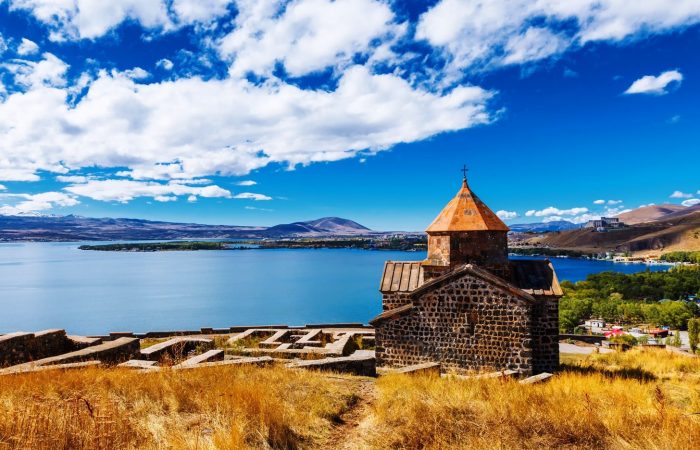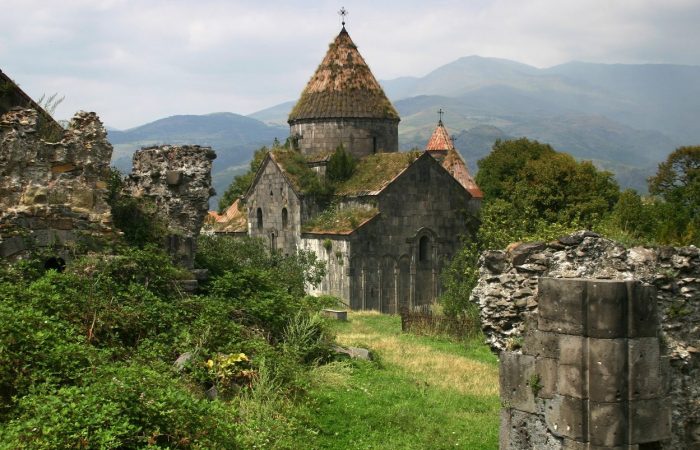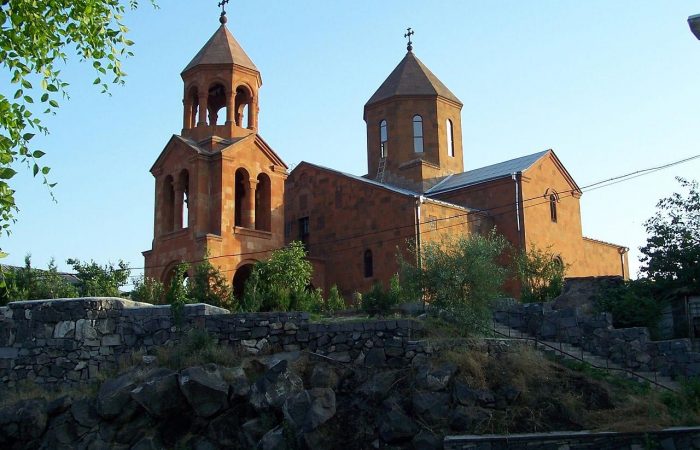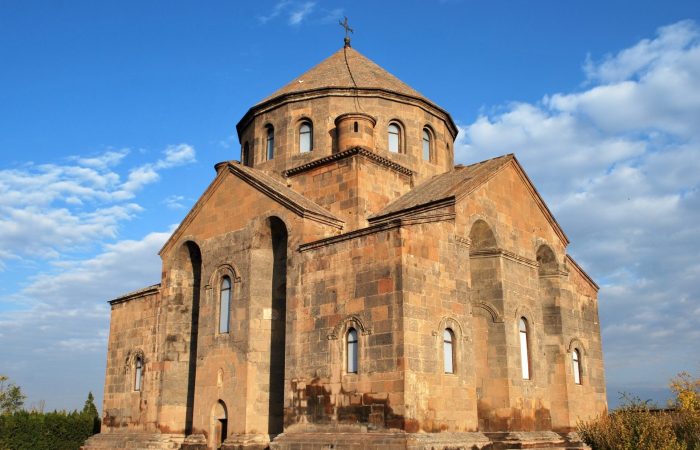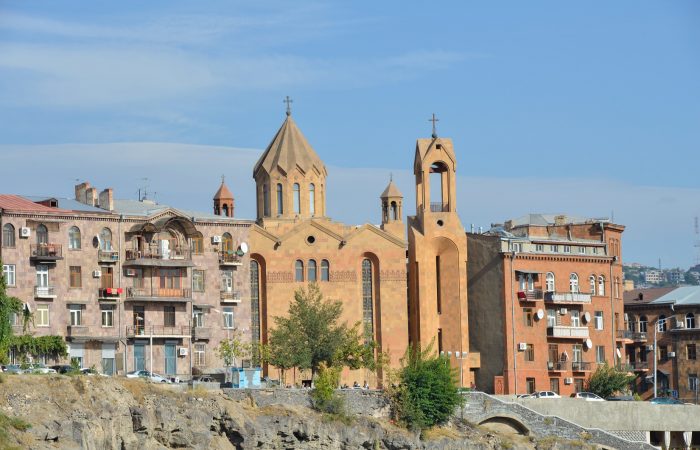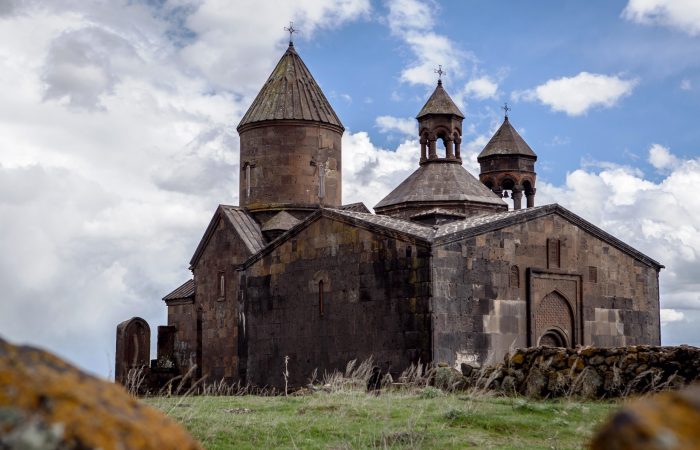Musa Ler Memorial: General
The Turkish naming of the mountain is Musa Dagh, which means Musa Ler. The memorial is located between capital Yerevan and the Holy See of Ejmiatsin. It is dedicated to the heroic battle of Armenians that took place in 1915.
Musa Ler Memorial: What Does “Musa” mean?
There are various explanations to the naming of the mountain. Three of them seem more realistic. According to the first one, Musa has to do with Prophet Moses and consequently, it is interpreted as the Mountain of Moses.
The second explanation has it the naming is based on the winged daughters of Greek God Zeus. They were known as Muses (inspiration) and were believed to rest on top of the mountains of the Hellenistic World. Back then Musa Ler was part of that world.
The third explanation doesn’t include any religious points. It just suggests the mountain be named after Amir Musa, who was a regional prince.
Musa Ler Memorial: About the Memorial
Located in Musa Ler village the Musa Ler Memorial is dedicated to the defenders and fallen heroes of Musa Ler resistance during 1915 Armenian Genocide. There is also the museum of the memorial. The architect was Rafael Israelyan and the sculptor was Ara Harutyunyan. The memorial is erected on a small hill and is made of red tufa stone.
The construction of the memorial was completed in 1976, and it bears an inscription, which reads “To the heroic self-defense battle of Musa Ler.”
Musa Ler Memorial: About the Battle
On July 13 of 1915 there came an order based on which those living in the villages around the mountain were to be prepared for deportation in eight days. There were basically six villages around the mountain, and the majority of the residents left them and climbed the mountain. They took with them their flocks, food and weapons. The eight days’ time ended on July 21 and having learned about what the local Armenians had done the Turks started their attacks. The early attacks were not successful.
The first self-defense groups were organized on August 3. The first short-term fight with the Turks took place four days later. It was then followed with the heavy fighting of August 19/20. At the end of the fighting the Turks retreated. The Turks’ further plan was to make Armenians starve out. The mountain was besieged. Very soon there was no bread. There was only meat left, but the meat would be enough for another two weeks and not more. So Armenians came up with their own escape plans.
Two flags were made. One of them had a huge red cross on it, and the other came with the following message “Christians in Distress, Rescue.” The message was written in English and was tied to trees, which made it visible from above. Already on the fifty third day of siege French battleship Guichen noted the flags. It was a Sunday morning, September 12. Three days later, on September 15 every single Armenian on the mountain was taken on board of five vessels and was eventually rescued. They were taken to Port Said, Egypt.
To sum up, the atrocities the Ottoman Empire carried out against Armenians from 1896-1923 are never to be forgotten by Armenians. Neither can be forgotten the Armenian Genocide committed in 1915. The Armenian Genocide Memorial and the Genocide Museum will recount much to everyone interested.
Musa Ler Memorial: Battle Celebration
Every year in mid-September commemorative activities are held at the memorial. The celebrations are accompanied by special food called “harisa.” It’s a national dish made of wheat and lamb or hen. It’s cooked all night and is served in the morning and distributed to everyone.
Notably, only 14 families have the right to cook that dish for the commemoration day. That right is passed from father to son.
Musa Ler Memorial: Franz Werfel’s “40 Days of Musa Dagh”
Prominent Austrian writer, novelist and poet Franz Werfel wrote his work the “Forty Days of Musa Dagh” after two years of research. It is dedicated to the heroic resistance of Musa Dagh about which the writer learned through European press. The atrocities committed against Armenians during World War I made the writer promise to himself he would write a historical novel about them.
To write the novel Franz Werfel carefully studied Armenian life and background. The book was published in 1933 and it initially appeared in German. The English version was published a year later, and since then it’s been translated into various languages. Note that the book was translated into Turkish as well.
Musa Ler Memorial: Other Musa Ler Memorials in the World
On the whole, there are four memorials commemorating the resistance of Musa Dagh.
The first was opened in 1932 in Damlajik (Damlayik), Turkey. It’s one of the sites where the fighting on the mountain took place. This memorial is presently in ruins.
The second was opened in Armenia in 1976. The third memorial was opened in 1989 in Canada. And the most recent memorial was opened in 1995 in Lebanon.






